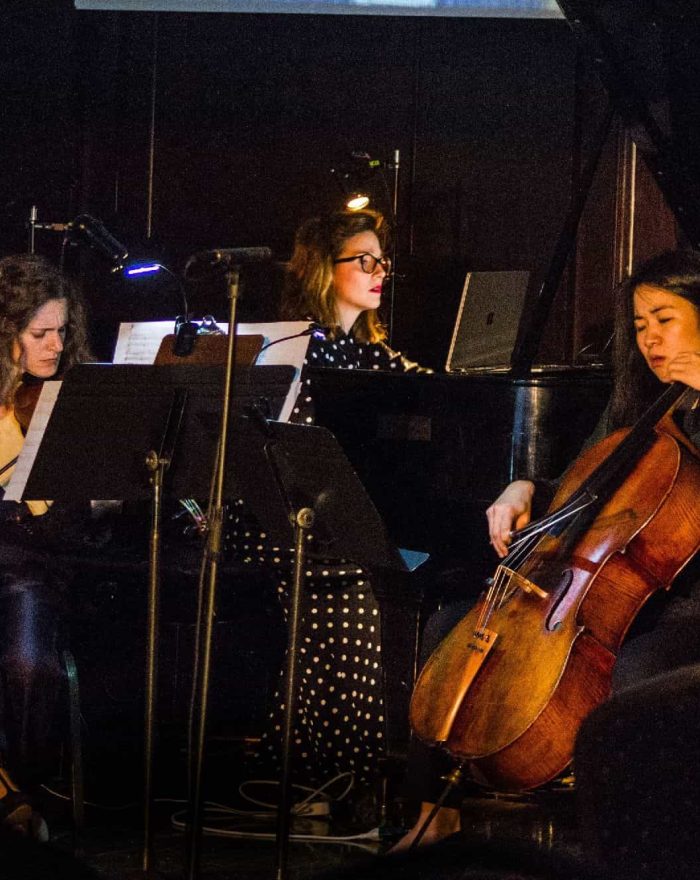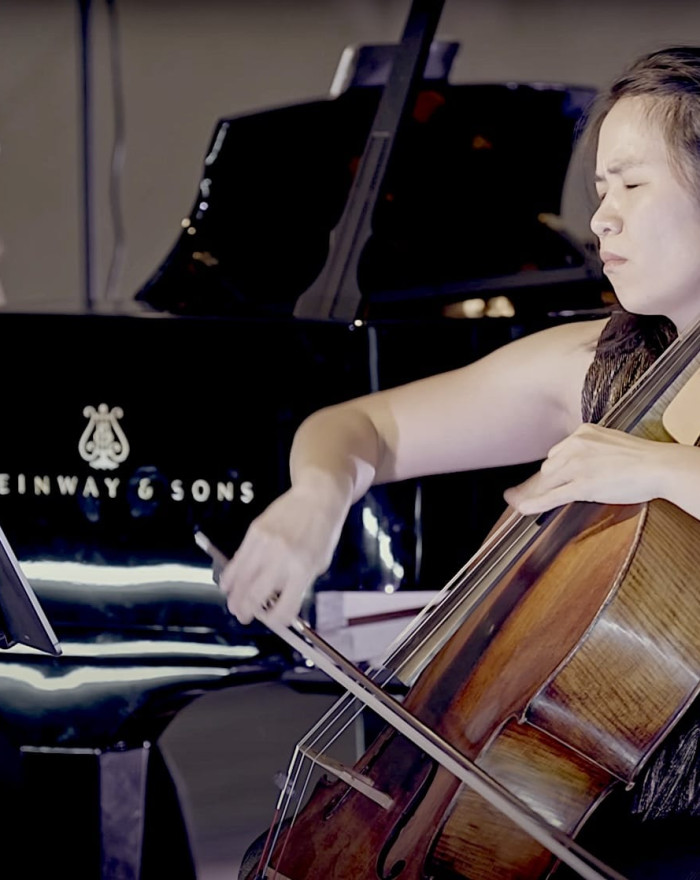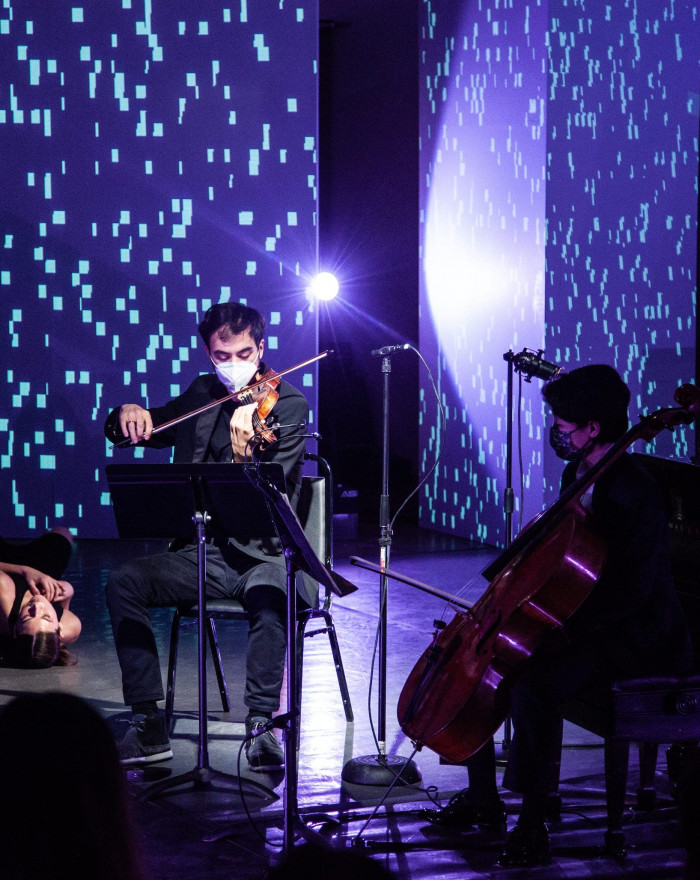Mandalas in the Rubble
Jonathan Cohen, clarinetJosefina Urraca, pianoJulia Yang, celloMari Lee, violin
While I was in Nepal, I witnessed that most of the temples are constructed on a series of concentric circles or squares with a broad base and numerous tops that gradually narrow. Unfortunately, the country was devastated by an earthquake in 2015. As a result, many of the Kathmandu Valley’s historic monuments, buildings and temples were collapsed into debris, yet the mandala-shaped bases of both structures remained intact.
Many Nepalis consider these temples to be the most special places on earth as their presence in these structures is what allows them to communicate with their guiding goddesses and gods. What really struck me and went far beyond my own understanding was witnessing Nepali people coming to sit on the collapsed debris every night——they came to the portals where Heaven touches the earth for worship, as they do every day, with genuine smiles and hope from the bottom of their hearts. Nepali deeply rooted in their being. The peace inside them passeth all understanding.
In Mandalas in the Rubble, I wanted to create a free-flowing soundscape that maintaining a sporadic texture throughout the piece, yet it gradually evolves into a peaceful non-violent cohesiveness. In Mandalas in the Rubble, the instruments are not being played as they are expected to or used to. For instance, the violin and cello are partly detuned in order to create a “ramshackle and dark” effect with the tension of the strings. It is meant to symbolize how shattered and fragmentized thing has a way of turning themselves into strength and beauty without losing their natural being. One could think of the mandalas as blooming in the rubble.
– Dai Wei





